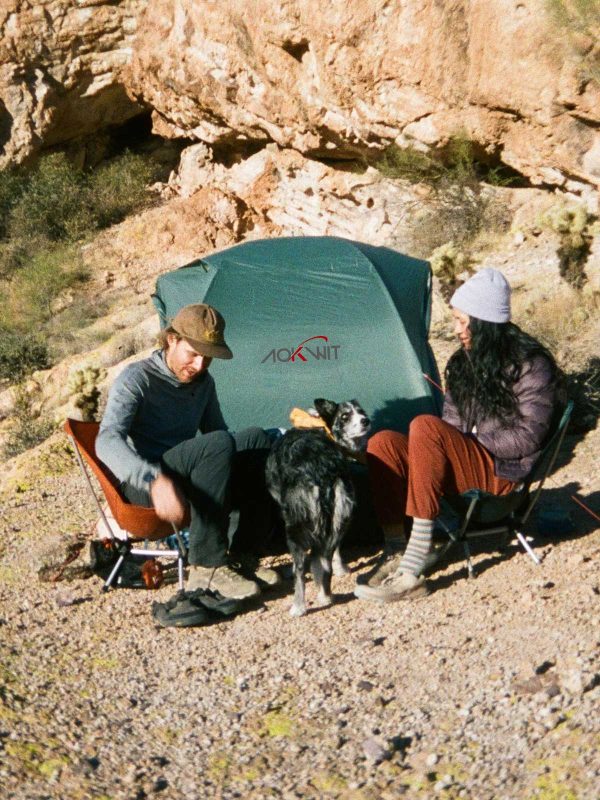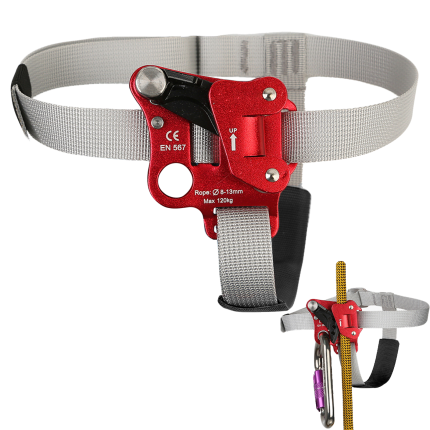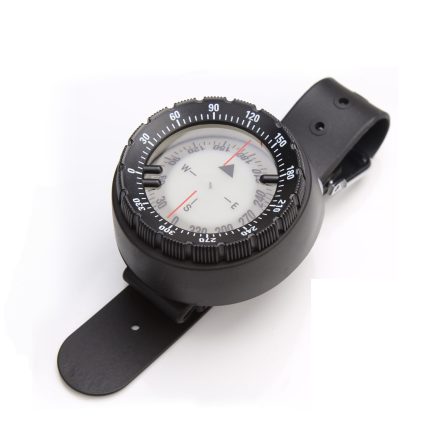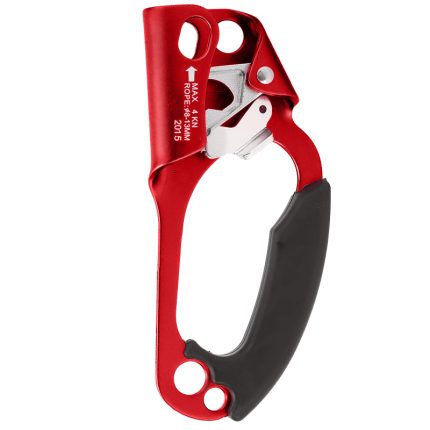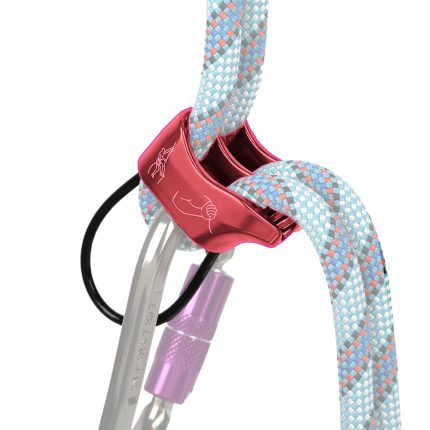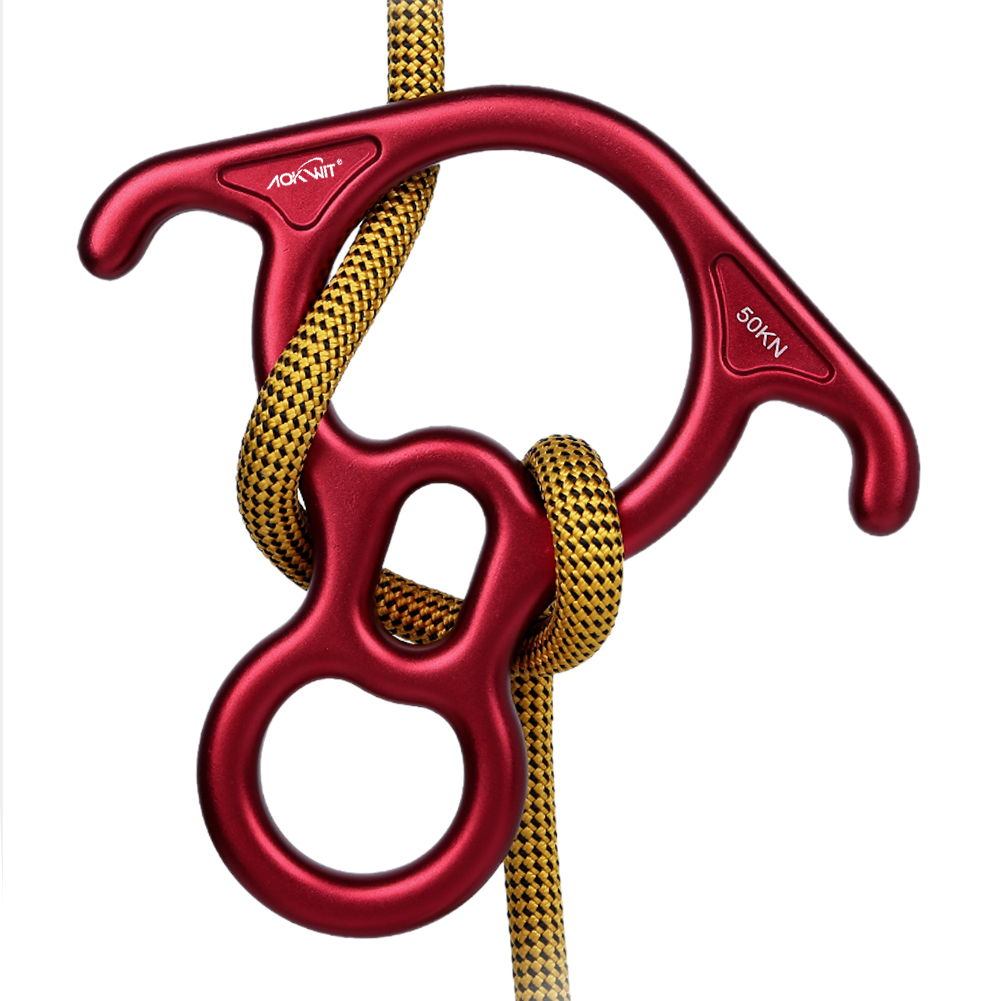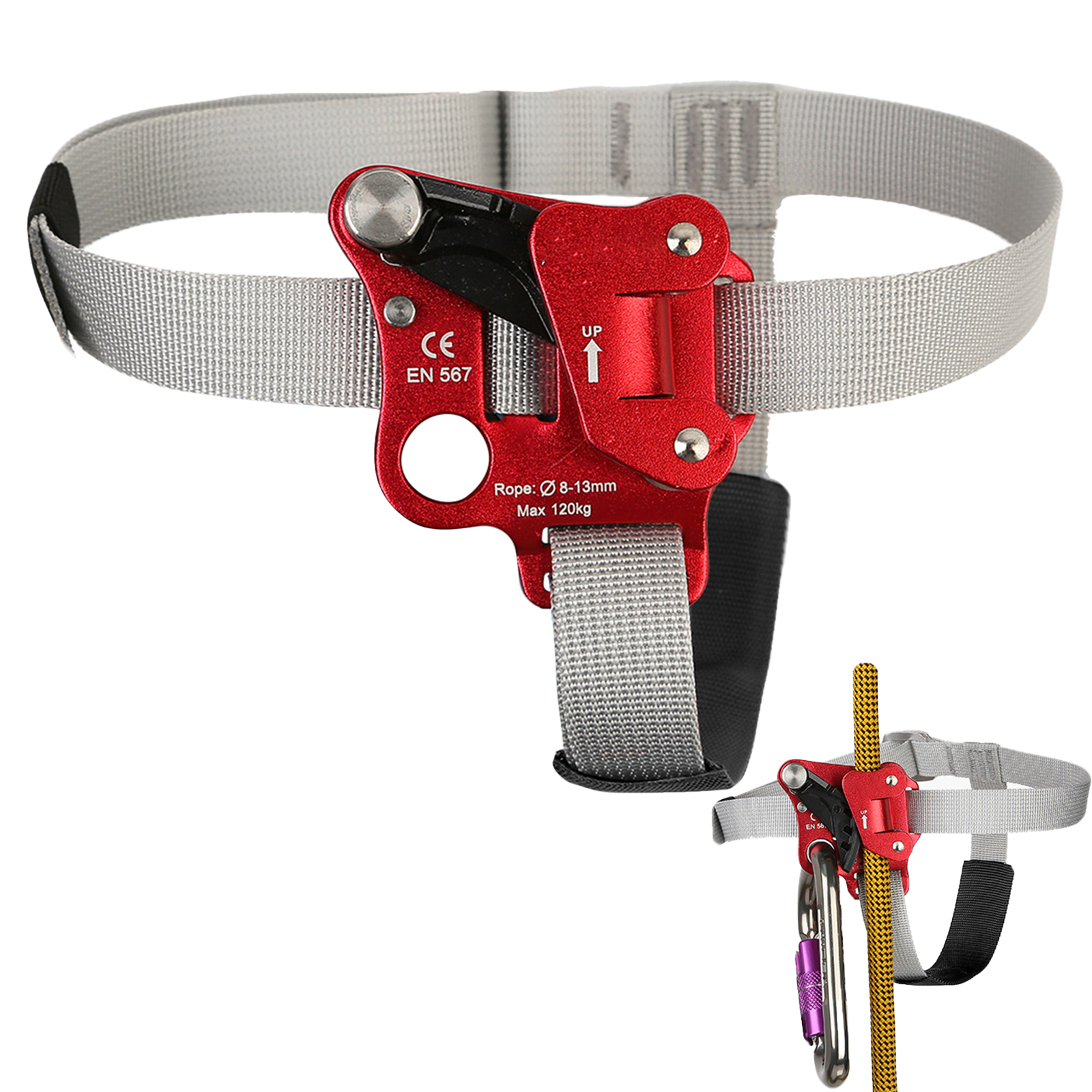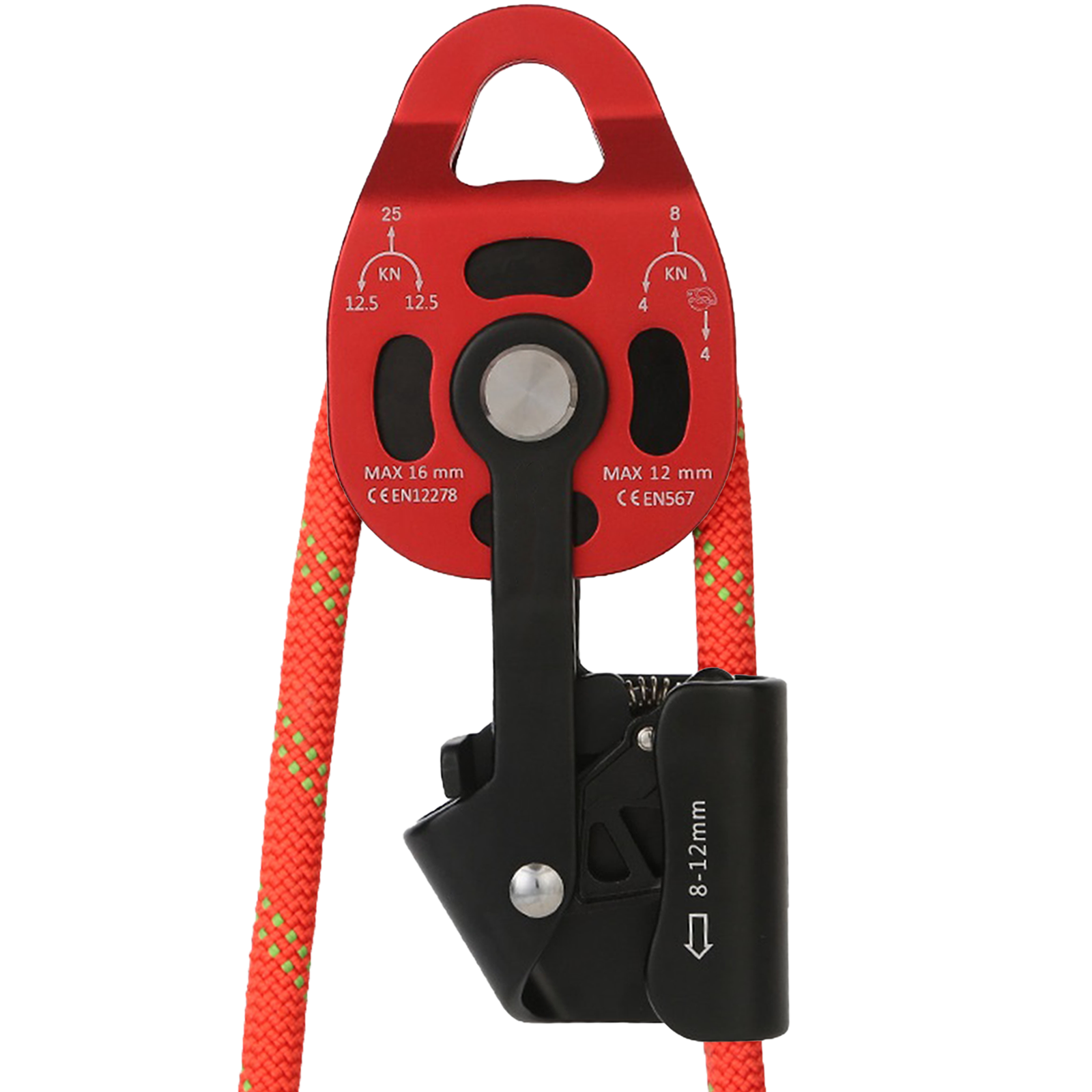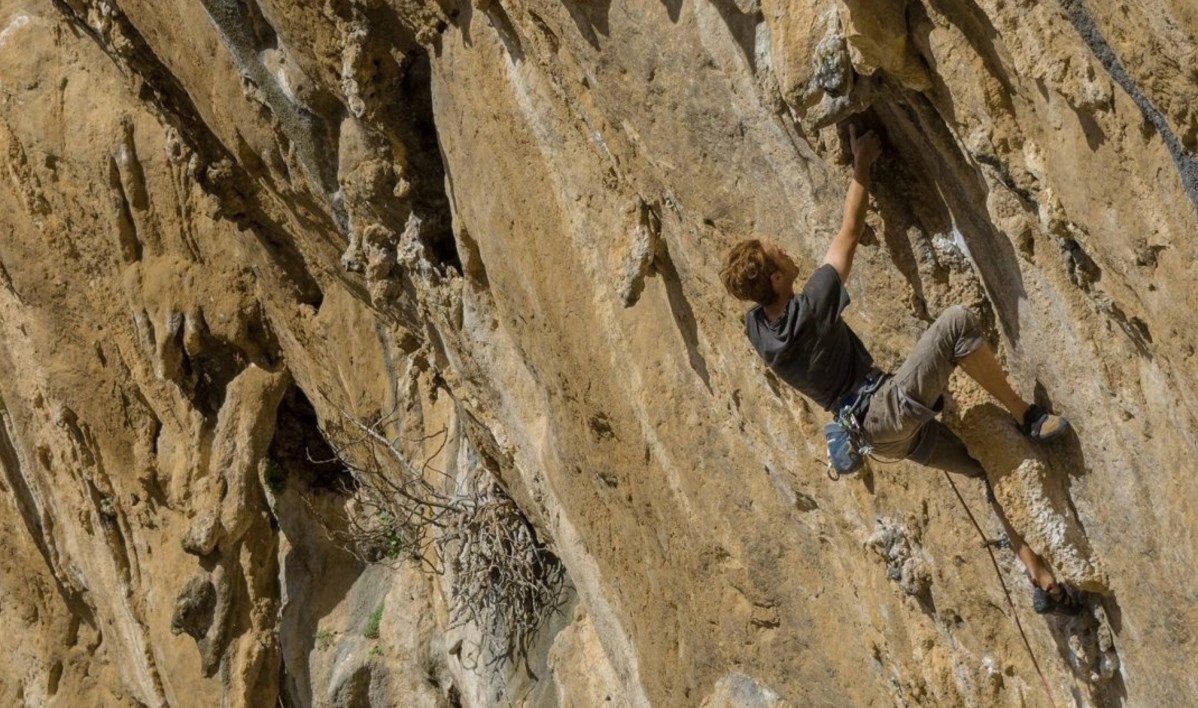Rock Climbing with Confidence

ANDREW JACKSON once said profoundly: “Thinking is necessary, but when it’s time to act, cast aside hesitation and commit!”
When confronting a crux, you must cease overthinking and trust both the physical systems (ropes, quickdraws, bolts, belayer, rope knots) and your own capabilities.
Once engaged in the crux, focus solely on climbing rather than dwelling on the possibility of falling. Adopt an open, confident approach that fuels optimism for success and maintains full concentration on the movement.
There are moments for thinking and moments for acting. Thinking should occur while on the ground or at rest positions on the route. When tackling a crux, terminate the thought process and let your body climb.
I. Embrace Discomfort
Climbing at your limit is inherently uncomfortable—both physically and mentally—and your subconscious may seek to escape this discomfort.
A common avoidance strategy is making excuses, such as, “My muscles are too sore to climb,” or “I don’t want to take a fall.”
Do not evade discomfort; instead, accept it as an integral part of challenging climbs.
Another source of discomfort is the loss of control. Many climbers crave certainty about what lies ahead, wanting assurance they will send the crux clean. However, on sufficiently difficult routes, you cannot predict outcomes or guarantee success.
A conservative, overly cautious mindset will not propel you through demanding cruxes.
Counterproductive overcontrol behaviors include:
- Gripping holds excessively hard
- Climbing statically
- Resisting falls
- Slowing or pausing rhythm
- Unnecessary downclimbing
- Grabbing quickdraws
- Holding your breath
These behaviors create a false sense of control; they stall your upward progress. Instead, trust your climbing and the safety systems protecting you.
II. Trust Yourself
Limit-pushing climbing is an opportunity for growth. Approach challenging routes with a learning mindset. Confidence throughout the process allows you to engage fully in uncomfortable climbing, reaping rewards from persistent effort.
To shift from cautious overcontrol to confident movement:
- Avoid overgripping
- Incorporate dynamic motion
- Accept the possibility of falling
- Maintain continuous upward progression
- Breathe consistently
These techniques keep your body focused on climbing and your mind free from distracting excuses.
III. Practical Application
- During warm-ups, practice fluid climbing and rhythmic breathing.
- Near the end of a route, rehearse intentional falls.
- On the ground, inspect safety systems—ropes, gear, belayer—to alleviate mental anxiety.
- Clearly distinguish between easy sections and cruxes. Below each crux, rest, prepare, and visualize potential sequences.
Once entering a crux:
- Climb continuously, focusing on the immediate moves.
- Acknowledge distracting doubts but dismiss them, redirecting energy to the task.
Trust your ability to rise to the challenge. Momentum gained will enhance your capacity to succeed—whether redpointing or onsighting—and send you to the top.







